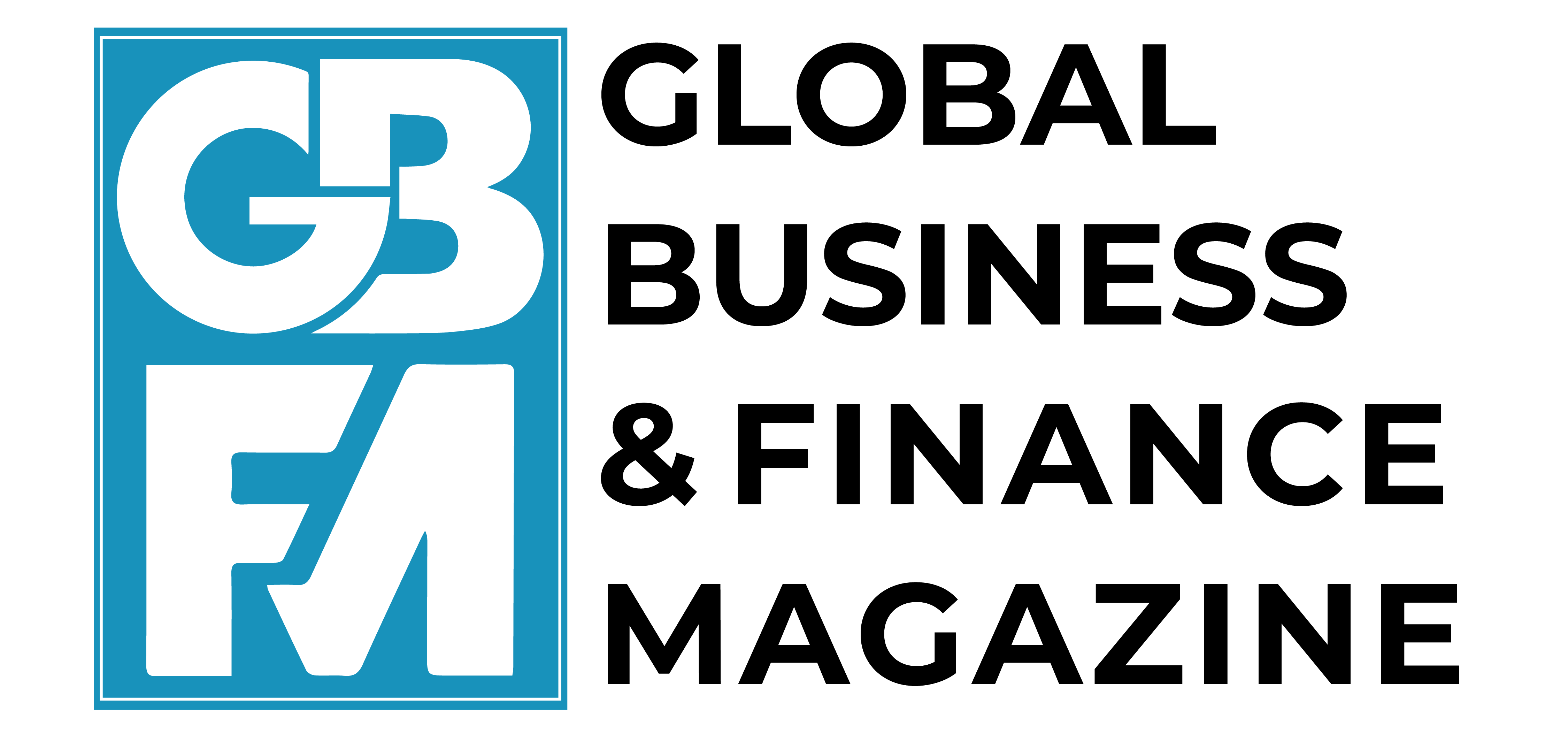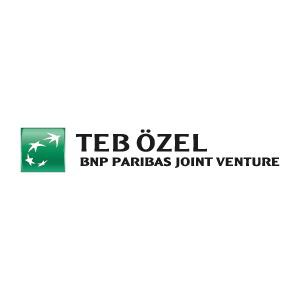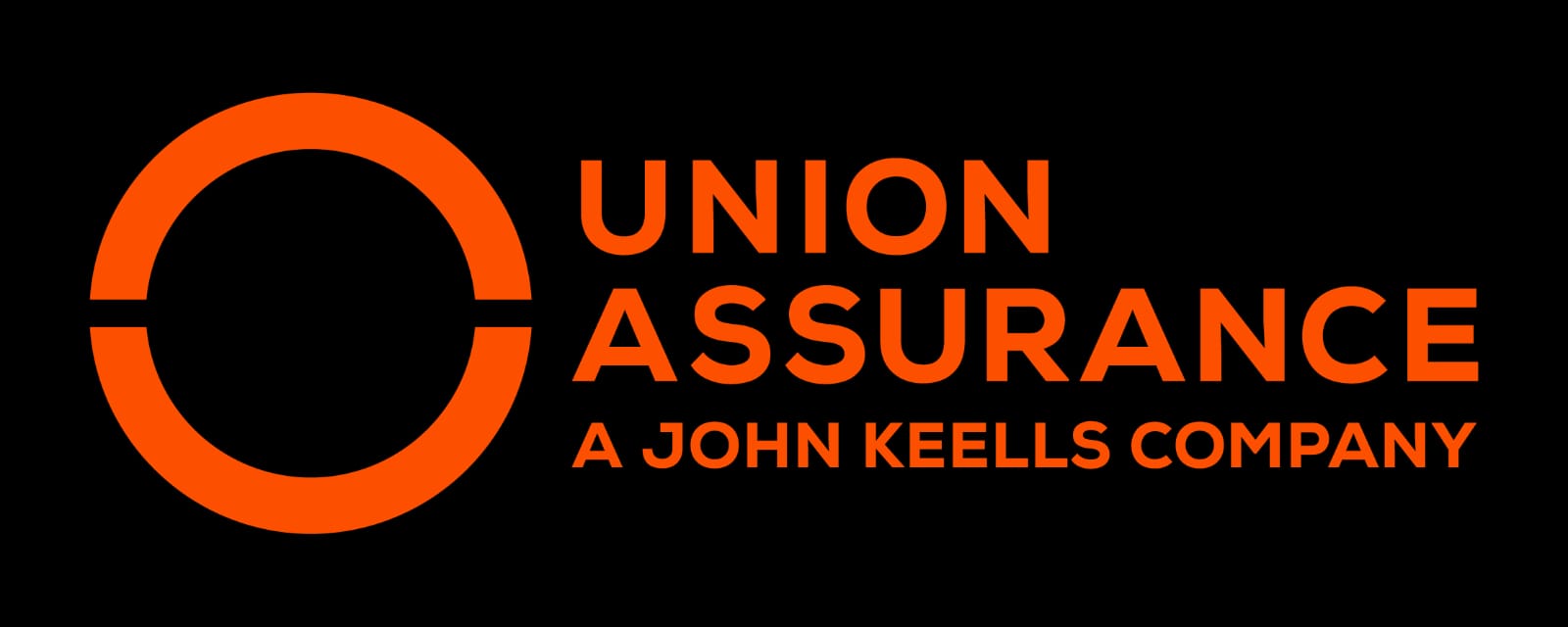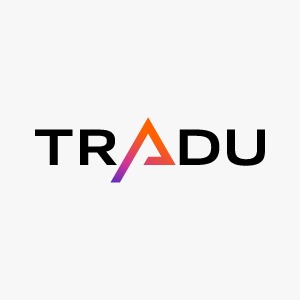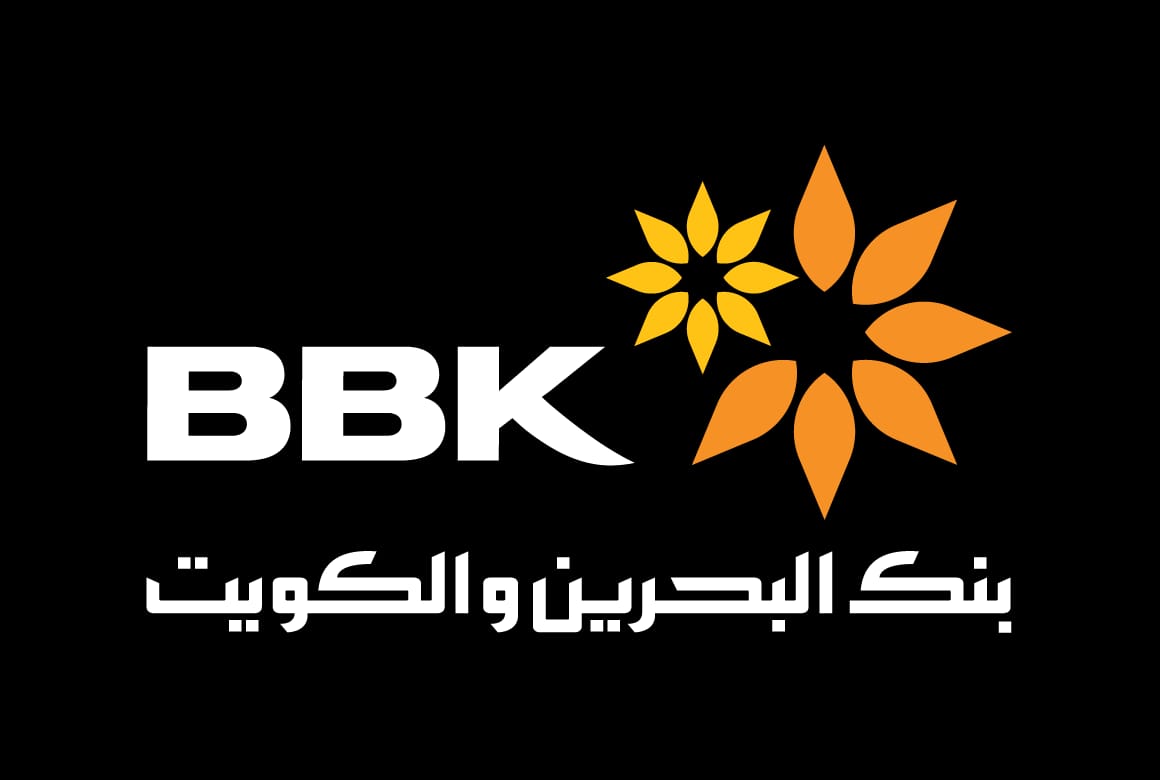The EU and the US have taken starkly different approaches to the regulation of new monies issued using distributed ledger technology. The current US administration prefers dollar-backed stablecoins, with the aim to reinforce dollar dominance worldwide. This column argues that dollar-pegged stablecoins pose a risk for the EU, but the current legal framework can ensure financial stability and prevent the digital dollarisation of the European economy. However, third countries without such protections face significant risks to their monetary sovereignty and financial stability. European policymakers should actively support the development of a cooperative and multilateral approach to payment systems across jurisdictions.
The rise of digital currencies presents states with opportunities and challenges (Gorton et al. 2023). The EU and the US have taken starkly different approaches to the regulation of new monies issued using distributed ledger technology (‘on-chain money’; see Aldasoro et al. 2023). Under President Trump, the US now rejects central bank digital currencies (CBDCs) in favour of privately issued ‘stablecoins’ (Auer et al. 2025, Monnet 2025). Stablecoins are privately issued money that is intended to be convertible into more established forms of money at a one-to-one redemption or conversion rate (‘at par’) and backed by low-risk assets to meet redemptions and secure their value.
By promoting the global use of dollar-backed stablecoins, the US seeks to reinforce dollar dominance worldwide. It is meant to reinforce more international use of the dollar for payment and invoicing. Since US dollar stablecoins are mainly backed by US debt, they also create new demand for US dollar debt of public, and potentially even private, issuers.
In a recent report (van ‘t Klooster et al. 2025), we present this strategy and assess its risks for the EU. Does its 2024 Markets in Crypto Assets Regulation (MiCAR) protect the EU from the impact of US crypto-mercantilism? We argue it does, but third countries with low levels of financial inclusion and unstable currencies face severe risks. This is an opportunity for the EU to build new international payment systems premised on mutual respect for monetary sovereignty.
The EU’s regulatory framework: A robust protection
Dollar-pegged stablecoins raise three types of potential risks for the EU. First, stablecoins could increase financial stability risks either through redemption risk if the assets of stablecoin issuers are not properly regulated, or by increasing the risk of bank runs if stablecoins suddenly attract bank deposits. These risks are not limited to dollar-pegged stablecoins. Second, dollar-pegged stablecoins can potentially lead to a digital dollarisation of the euro area if they are widely adopted, at the expense of euro-denominated payments. This would create exchange rate risks for European households and companies, and strongly constrain European monetary policy. Third, if dollar-pegged stablecoins circulate widely in the world, this could limit monetary sovereignty in third countries (economic trade partners for the EU) and conflict with the recently restated objective of a greater international role for the euro (Lagarde 2025).
We assessed these risks through a deep analysis of the current European legal framework regulating stablecoins (MiCAR) and of the proposed GENIUS Act recently passed by the US Senate. The analysis leads us to conclude that, in the EU, MiCAR sets adequate safeguards to ensure financial stability and prevent the digital dollarisation of the European economy. Three features are crucial. First, foreign, non-MiCAR-compliant stablecoins can be held by Europeans but not offered to the public by foreign financial institutions. Second, in the EU, MiCAR-compliant issuers that are considered significant for their size, volume, or systemic relevance are subject to a significantly stricter regime, especially in terms of ‘reserves and asset safeguards’ and ‘core prudential principles’. Finally, for MiCAR-compliant stablecoins that are not denominated in euros, the European Banking Authority (EBA) and other national regulators, following a binding opinion of ECB, can halt the issuance of foreign currency-denominated stablecoins if they present significant risks. It remains crucial that the ECB actively monitors those risks as a final safeguard against dollarisation of the euro area.
The main risk: Challenge to other countries and to the internationalisation of the euro
Our analysis highlights fundamental differences between the policy goals pursued by the EU and the US. In its current version, MiCAR seeks to ring-fence the EU’s financial and monetary system. The US GENIUS Act would do less for domestic financial stability, instead prioritising innovation in the private sector and widespread adoption worldwide.
Under the GENIUS Act, the regulator must set the necessary capital and liquidity requirements on a tailor-made basis and only to the extent necessary to ensure orderly operation. Under MiCAR, issuers – especially when designated as significant – must comply with quantitatively and qualitatively defined prudential requirements.
To understand the challenges of stablecoins to monetary sovereignty, we must also look at the impact of a jurisdiction’s rules beyond its borders. Both regimes state that unlicensed issuers cannot lawfully issue stablecoins in their jurisdictions. Besides this common starting point, the US also seems keen on attracting foreign issuers as long as it can retain some (political) control over the issuer. Accordingly, the Secretary of the Treasury can take ad hoc decisions to authorise a foreign issuer. Moreover, the Secretary of the Treasury can enter into agreements with other jurisdictions to facilitate international transactions and interoperability with US dollar-denominated payment stablecoins issued overseas. In contrast, in the EU none of these options is available and MiCAR limits itself to promoting supervisory cooperation agreements.
The proposed US law, in sum, reflects the US strategy of crypto-mercantilism. It promotes international circulation of dollar-pegged stablecoins, potentially at the expense of financial stability and consumer protection. While the euro area appears to be protected by MiCAR, this is not the case for other jurisdictions. The successful promotion of US dollar stablecoins globally will lead to further dollarisation in third countries, creating severe risks to their monetary sovereignty and financial stability. Dollar-pegged stablecoins will be most attractive to citizens of countries with low levels of financial inclusion and unstable currencies. To encourage the widespread circulation of dollar-pegged and dollar-backed stablecoins, the US already intends to leverage the strength of its crypto industry as well as its dominance in online commerce and social media (notably through the US big-tech companies).
These developments are also crucial for the international role of the euro. The internationalisation of a currency is closely tied to its role in payments (Eichengreen et al. 2024). Replacing euro-denominated transactions with stablecoin-based payments (pegged to the dollar) could reduce the euro’s attractiveness, including as a reserve asset. If dollar-backed stablecoins dominate and their reserves rival those of central banks, this would further entrench the dollar’s supremacy as a reserve currency and weaken the euro’s global standing.
A multilateral approach to counter US dominance
The EU should not wait for these developments to play out before deciding its response. For one, it would be a big mistake to compete with the US by promoting riskier euro-denominated stablecoins through a weakening of MiCAR. This is neither realistic, given the incumbency advantage of the dollar, nor is euroisation of third countries through risky stablecoins per se good for the EU. Instead, European policymakers, including the ECB, should actively support payment multilateralism by facilitating cross-border transactions between central bank digital currencies (CBDCs) and fast payment systems. The development of a cooperative and multilateral approach to payment systems across jurisdictions is the only way to avoid the privatisation of international payments through dollar-pegged stablecoins and the associated risks to monetary sovereignty. The EU should stick to promoting the internationalisation of the euro as a safe asset that can be held without constraint, rather than following the US in promoting currency internationalisation as a vehicle for big tech domination and quasi-dollarisation of domestic payment systems.
The EU can benefit from more widespread use of the euro while helping third countries counteract the risk of dollarisation through dollar-pegged stablecoins. This requires developing an infrastructure that guarantees the interoperability of central bank digital currencies and fast payment systems for cross-border payments.
Conclusion
We conclude that MiCAR currently offers good protection against financial stability risks of stablecoins and the threat of dollarisation of the euro area economy through dollar-pegged stablecoins. Caution is warranted, however. In particular, EU regulators should refrain from granting equivalence to stablecoin regimes in jurisdictions with weaker standards. The divergence between MiCAR and the US GENIUS Act underscores this risk. Still, the ECB should keep a close eye on the use of dollar-pegged stablecoins in the EU and limit their circulation if necessary.
The danger of US crypto-mercantilism is much stronger for other countries and thus for the international role of the euro. But it is also an opportunity: the EU should lead efforts to build interoperable central bank digital currencies and payment systems. This includes information sharing, consistent communication standards, and regulatory approaches to facilitate cross-border payments (BIS 2022, Aurazo et al. 2024, Reslow et al. 2024). To avoid financial stability risks associated with increased payment volatility, capital flow management measures should also be considered in payment infrastructures (Reslow et al. 2024).
Source : VOXeu

